“Swiss Review”: Mr Reichenbach, when it comes down to it, light is something pure. How can we speak of light pollution?
Alexander Reichenbach: Light is not simply light. Light changes greatly throughout the day. Its intensity and spectral composition change. If the wrong light is on at the wrong time, we speak of light pollution.
When does light become pollution?
When light extends beyond its pure purpose in terms of space, time or intensity, we speak of light pollution. Compared to other factors that influence the environment, light pollution is not the key issue. But, as scientists, we have to admit that we are only beginning to understand its consequences, especially since electric lights have only been around for about 100 years. In the end, the technology revolution just might have consequences that we aren’t aware of today.
That sounds a bit mysterious to us laypeople.
In terms of human impact, we can already see how much artificial light is affecting society. It is the driving factor behind the trend towards a 24-hour society. On top of that, new types of light also have a new composition, a higher proportion of blue. This blue portion of light is particularly potent from a biological standpoint. As we’re exposed to less and less natural light during the day, the biological impact of artificial light increases.
What is the threat to our health if we are exposed to too much blue light for too long?
One concern is that our sleep phase is being shifted backwards. The secretion of the hormone melatonin, which prepares us for sleep, is delayed by too much blue light.
People don’t want to be in the dark, they want light. How can we teach people to want more night time and darkness?
Most people we talk to about this seem to be on board. Planners are often willing to make provisions against excessive light. Of course, it helps that unnecessary light leads to unnecessary energy consumption and thus higher costs.
On the neighbour’s balcony are small, bright solar lights that change colour at night. It’s quite cheerful...
That’s exactly the kind of decorative lighting addressed by the Federal Supreme Court ruling. The court found that non-functional decorative lighting should be turned off at 10 pm. The background to the decision is that even dim sources of diffuse light can lead to light pollution and potentially adverse effects on flora and fauna. Basically, we now know that we must use light wisely.
Let’s take fireflies, for example... they couldn’t care less about dark night regulations. Is this awkward for the light pollution debate?
No, not at all. Fireflies are actually proof that dark nights would be a good thing. If nights were darker, we’d see natural spectacles like the glow of fireflies again. It’s often not dark enough nowadays. Only a small number of people know what a night with glowing fireflies is like.
Interview: Marc Lettau
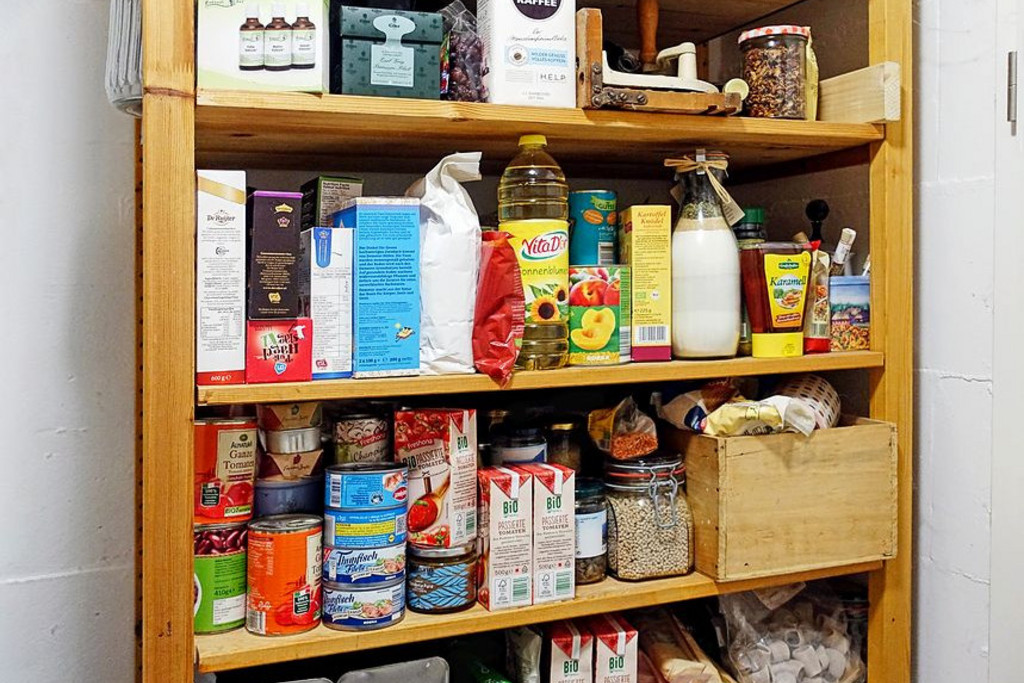


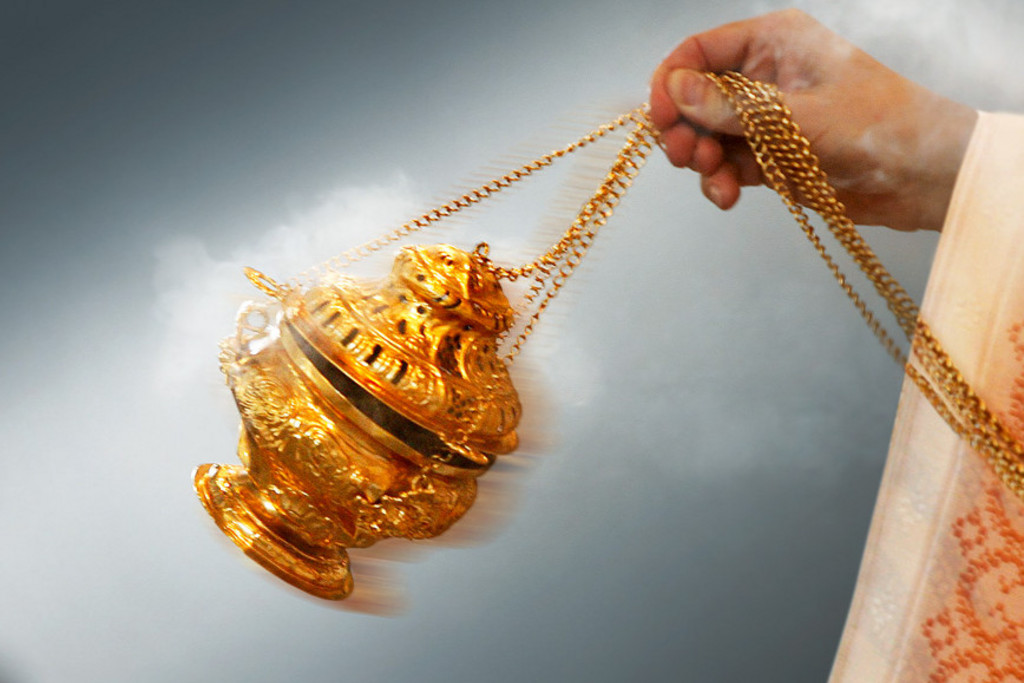

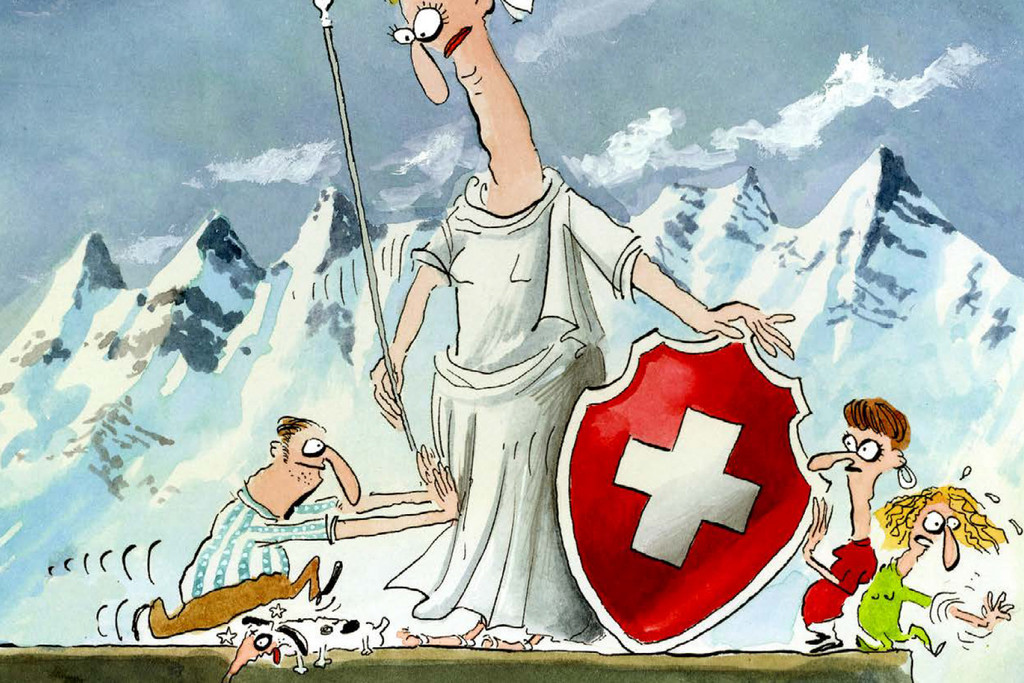
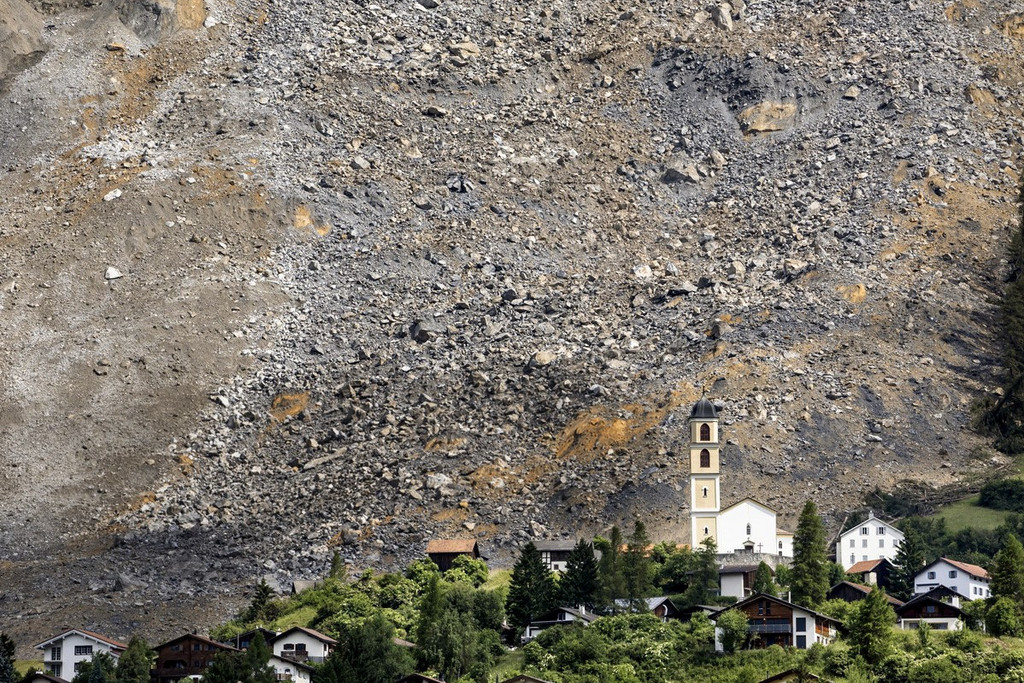



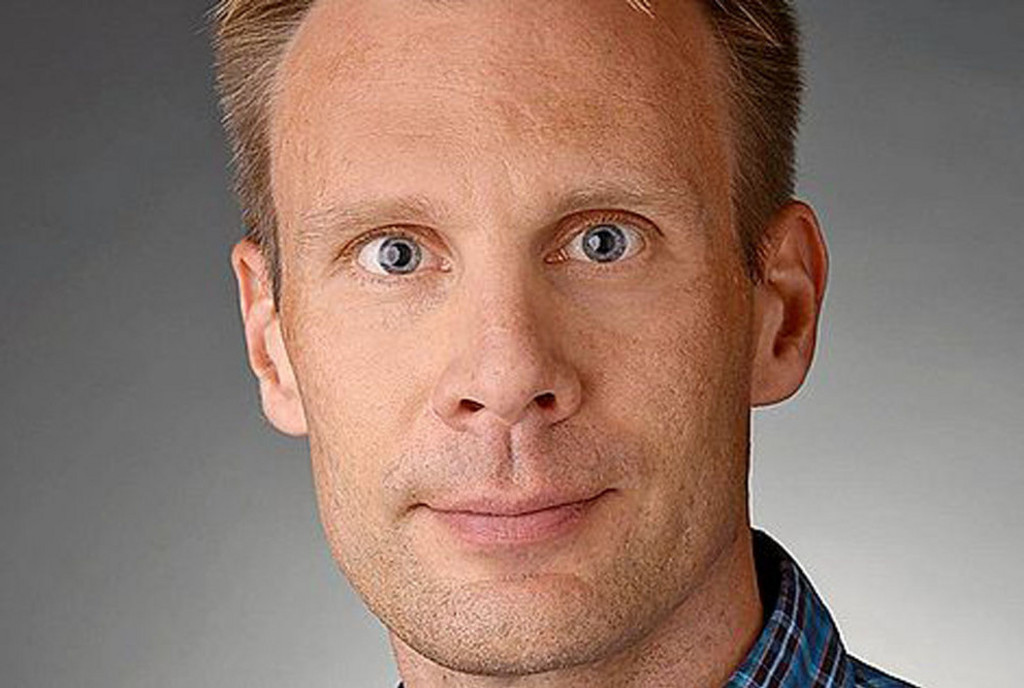
Comments